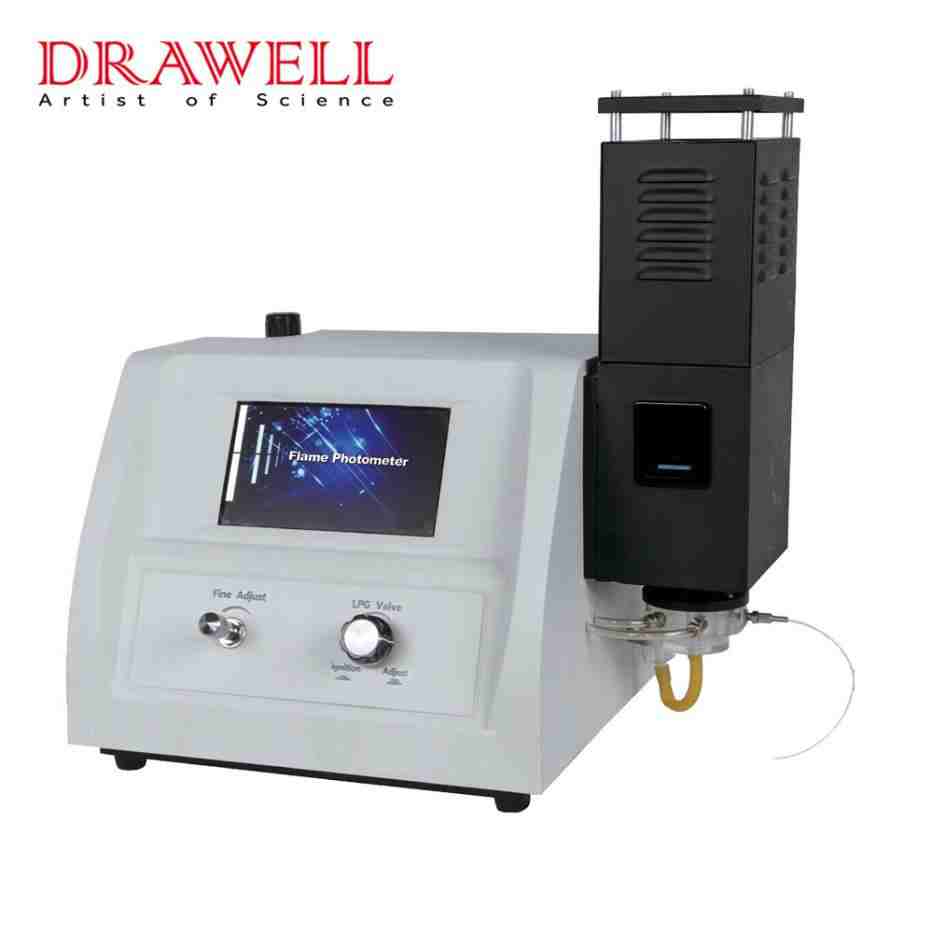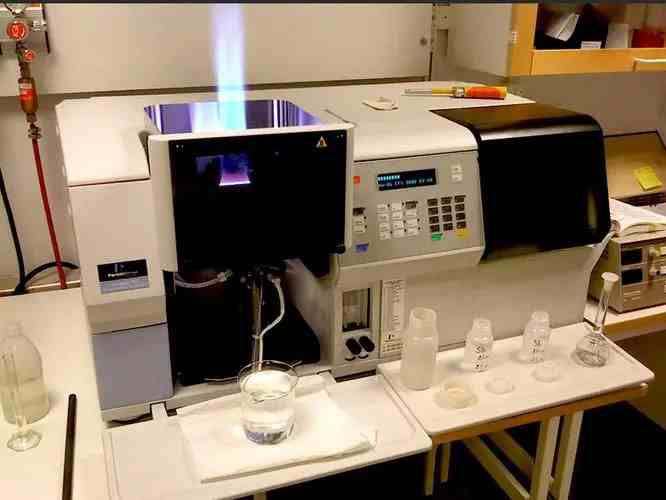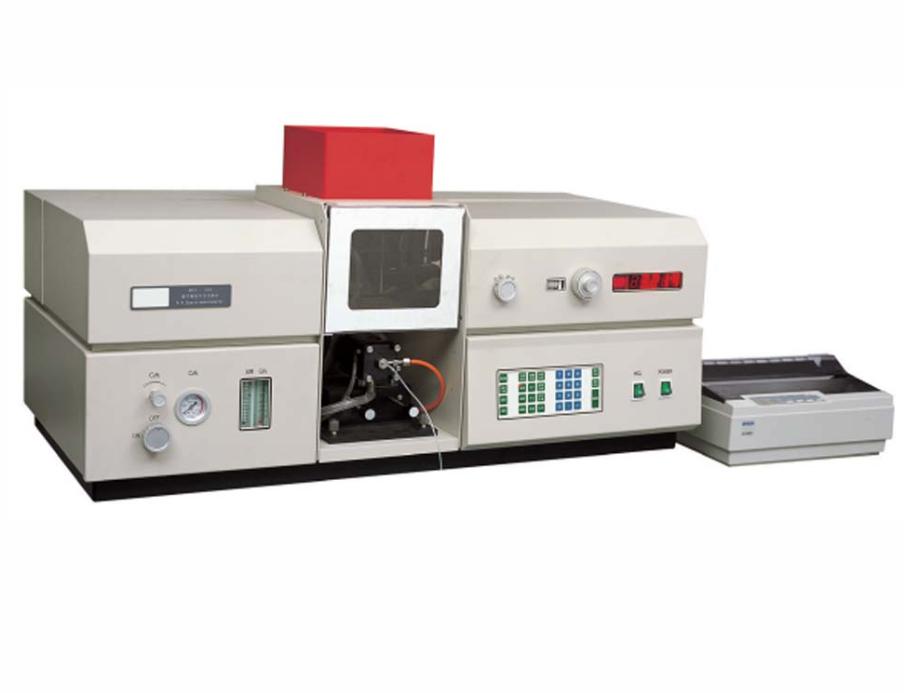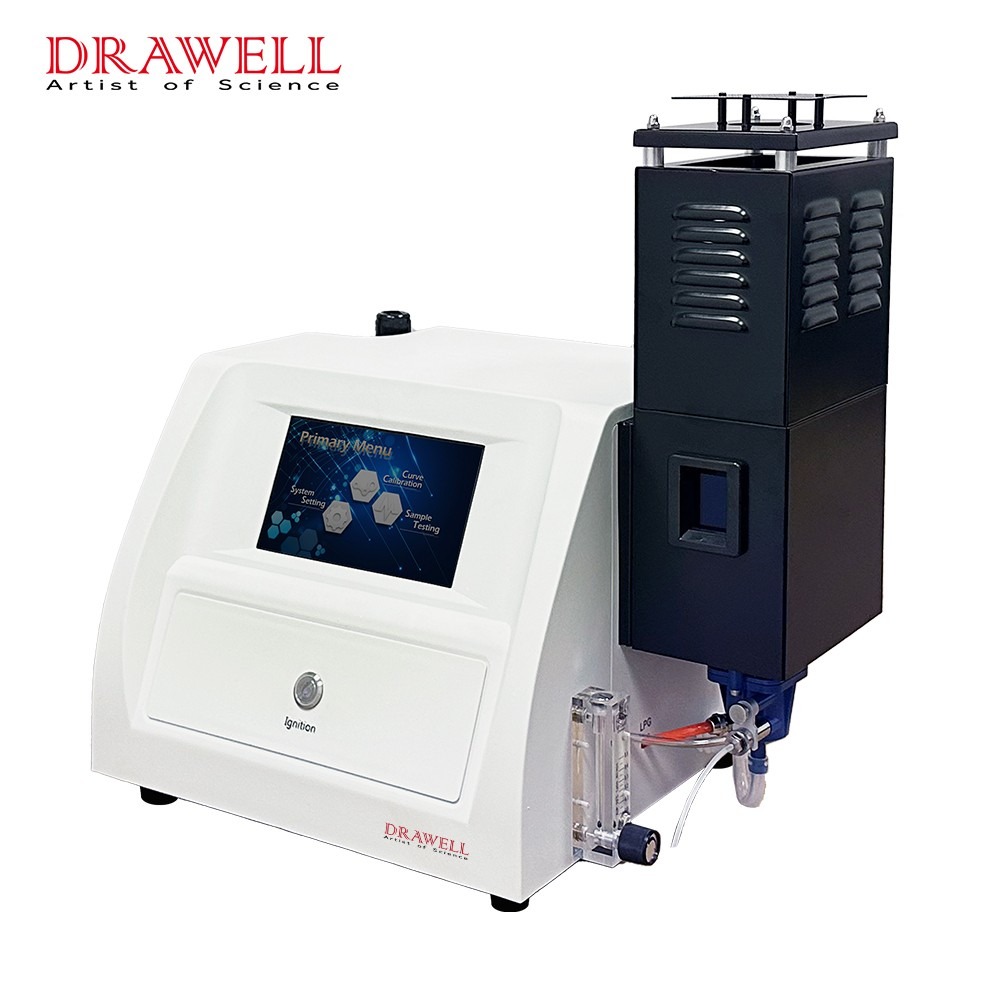Flame photometry, an analytical chemistry technique, is critical in determining the concentration of metal ions in a solution. Flame photometers are crucial tools in flame photometry, offering a variety of capabilities to fulfill a variety of analytical demands. In this article, we delve into the types of flame photometers and their unique applications.

1. Single-Channel Flame Photometer
The most basic version of this device is the single-channel flame photometer that works by passing a sample solution through a flame, which atomizes the elements present. The heat of the flame then excites the atoms, causing them to release distinctive light. This emitted light is filtered to extract the wavelength that corresponds to the element being analyzed.
Applications
- Clinical Chemistry: In medical laboratories, flame photometry is employed to measure the concentration of elements like sodium (Na) and potassium (K) in biological fluids like blood and urine. These measurements aid in diagnosing and monitoring various medical conditions.
- Environmental Analysis: Flame photometers are used to determine the metal ion concentration of environmental samples such as water and soil. This information is used to monitor pollution levels and analyze potential threats.
- Agriculture and Food Industry: Flame photometry can be used to determine the concentration of important elements such as calcium (Ca) and magnesium (Mg) in soil and food samples. This knowledge informs agricultural methods and ensures food safety.
- Geological Studies: Flame photometers are used by geologists to evaluate rock and mineral samples, assisting in the identification of metal ions and helping to geological surveys.
Advantages
- Simplicity: Its simple setup and operation make the instrument usable by both novice and professional analyzers.
- Cost-Effectiveness: The single-channel photometer is relatively inexpensive as a basic model, making it a good entry point for laboratories with limited funds.
- Speed: The analysis process is quick, allowing metal ion concentrations in samples to be determined quickly.
- Routine Analysis: Its dependability and convenience of use make it appropriate for routine analysis where a large sample throughput is required.
- Accuracy: When calibrated and maintained properly, the single-channel photometer may provide accurate and exact results.
2. Dual-Channel Flame Photometer
Dual-channel flame photometers are an improvement over single-channel versions in that they can assess two separate elements in a sample at the same time. This is accomplished by incorporating two distinct flame systems, each of which is tuned for the properties of the components being examined.
Applications
- Clinical Chemistry: Simultaneous measurement of components such as sodium and potassium in biological fluids aids in the diagnosis and monitoring of medical disorders in medical laboratories.
- Environmental Analysis: This tool can be used by environmental scientists to test samples containing numerous metal ions, allowing them to estimate pollution levels in water and soil.
- Quality Control in Industries: Industries requiring quality control benefit from the ability to swiftly analyze two key elements simultaneously in their products.
Advantages
- Efficiency: Simultaneous analysis of two elements in a single sample accelerates the analytical process and boosts laboratory throughput.
- Comparative Analysis: Researchers can swiftly compare the concentrations of two elements within the same sample, revealing potential correlations.
- Resource Optimization: The instrument’s efficiency reduces the need for multiple rounds of analysis, conserving reagents and resources.
- Holistic Insights: The dual-channel approach offers a comprehensive view of a sample’s elemental composition, enabling researchers to uncover intricate relationships.
- Accuracy and Precision: Simultaneous analysis reduces fluctuations caused by sample preparation and instrument drift, hence improving data dependability.

3. Multi-Channel Flame Photometer
The multi-channel flame photometer is an invaluable tool for laboratories dealing with complex samples including many components. It facilitates the analysis of several elements in a single sample run. These devices have numerous flame systems and detectors, each calibrated to a different element.
Applications
- Environmental Monitoring: This equipment is extremely useful in environmental analysis for examining materials containing different metal ions, such as water and soil. This aids in the monitoring of pollutant levels and the comprehension of ecosystem health.
- Clinical Diagnostics: Medical laboratories benefit from simultaneous measurements of multiple elements in biological fluids. This aids in diagnosing and managing medical conditions.
- Agricultural and Food Analysis: Multi-channel photometers are utilized to analyze essential elements in soil and food samples, ensuring nutrient content and food safety.
- Quality Control in Industries: Industries ranging from metallurgy to electronics employ the instrument to verify the presence and concentration of specific elements in their products.
Advantages
- Time Efficiency: The ability to evaluate numerous elements at the same time considerably accelerates the analytical process, increasing laboratory throughput.
- Resource Optimization: A single analysis can offer detailed information on many elements, eliminating the need for several instruments and sample preparations.
- High-Throughput Analysis: Laboratories that deal with a high number of samples benefit from the instrument’s capacity to examine multiple samples quickly and precisely.
- Resource Conservation: The equipment aids to cost savings and ecologically responsible practices by optimizing sample usage and lowering reagent consumption.
- Comprehensive Insights: A complete view of sample composition is provided through simultaneous analysis of many aspects, allowing researchers to identify complicated linkages.
4. Atomic Absorption Flame Photometer
Atomic absorption flame photometers take the technology a step further by employing the atomic absorption spectroscopy principle. In this method, a hollow cathode lamp emits light at a specific wavelength, which corresponds to the resonance wavelength of the element being analyzed. The sample solution is introduced into the flame, and the amount of light absorbed by the excited atoms is measured. This absorption is directly proportional to the concentration of the element.

Applications
- Clinical Chemistry: In medical laboratories, simultaneous measurement of elements such as sodium and potassium in biological fluids aids in diagnosing and monitoring medical conditions.
- Environmental Analysis: Environmental scientists can employ this instrument to analyze samples containing multiple metal ions, thereby assessing pollution levels in water and soil.
- Quality Control in Industries: Industries requiring quality control benefit from the ability to swiftly analyze two key elements simultaneously in their products.
Advantages
- Efficiency: Simultaneous analysis of two elements in a single sample accelerates the analytical process and boosts laboratory throughput.
- Comparative Analysis: Researchers can swiftly compare the concentrations of two elements within the same sample, revealing potential correlations.
- Resource Optimization: The instrument’s efficiency reduces the need for multiple rounds of analysis, conserving reagents and resources.
- Holistic Insights: The dual-channel approach offers a comprehensive view of a sample’s elemental composition, enabling researchers to uncover intricate relationships.
5. Digital Flame Photometer
Digital flame photometers have been developed as a result of modern technical breakthroughs. These instruments feature digital interfaces, touch screens, and computer connectivity, which improves user experience and data administration. They frequently include software for data processing and reporting, which speeds up the analytical process.
Applications
- Quality Control: Industries that require strict quality control benefit from the precision of the equipment in quantifying metal ions in their goods, assuring consistency and conformity.
- Environmental Analysis: Digital flame photometers are used by researchers to examine samples for metal ion content, which aids in environmental monitoring and pollution assessment.
- Clinical Diagnostics: Medical laboratories benefit from the instrument’s accuracy in quantifying metal ions in biological fluids, contributing to medical diagnoses and research.
- Research: The versatility of the digital flame photometer makes it an invaluable tool for researchers studying metal ion concentrations in a wide range of samples, from geological materials to food products.
Advantages
- Enhanced Precision: Digital sensors and advanced algorithms eliminate analog signal variations, resulting in highly precise and reliable measurements.
- Real-time Analysis: Real-time analysis and instantaneous data processing are made possible by digital capabilities, which speeds up the analytical process.
- Data Storage and Management: Digital instruments can electronically retain data, making record-keeping, analysis, and comparison of outcomes easier.
- Ease of Use: The instrument’s digital interfaces and user-friendly software make it accessible to both seasoned analysts and newbies.
- Automation: The digital flame photometer can be linked into automated systems, enabling high-throughput analysis while eliminating the need for human interaction.
Conclusion
Flame photometers are important instruments in analytical chemistry, assisting researchers and analysts in a variety of sectors in determining the concentration of metal ions in solution. They have evolved into a variety of instruments, each catering to distinct analytical needs. Whether it’s the basic single-channel photometer or the advanced multi-channel and atomic absorption varieties, these tools are critical in assuring accurate and efficient elemental analysis in a variety of applications.

